Voice Bot Guide What It Is and How It Functions
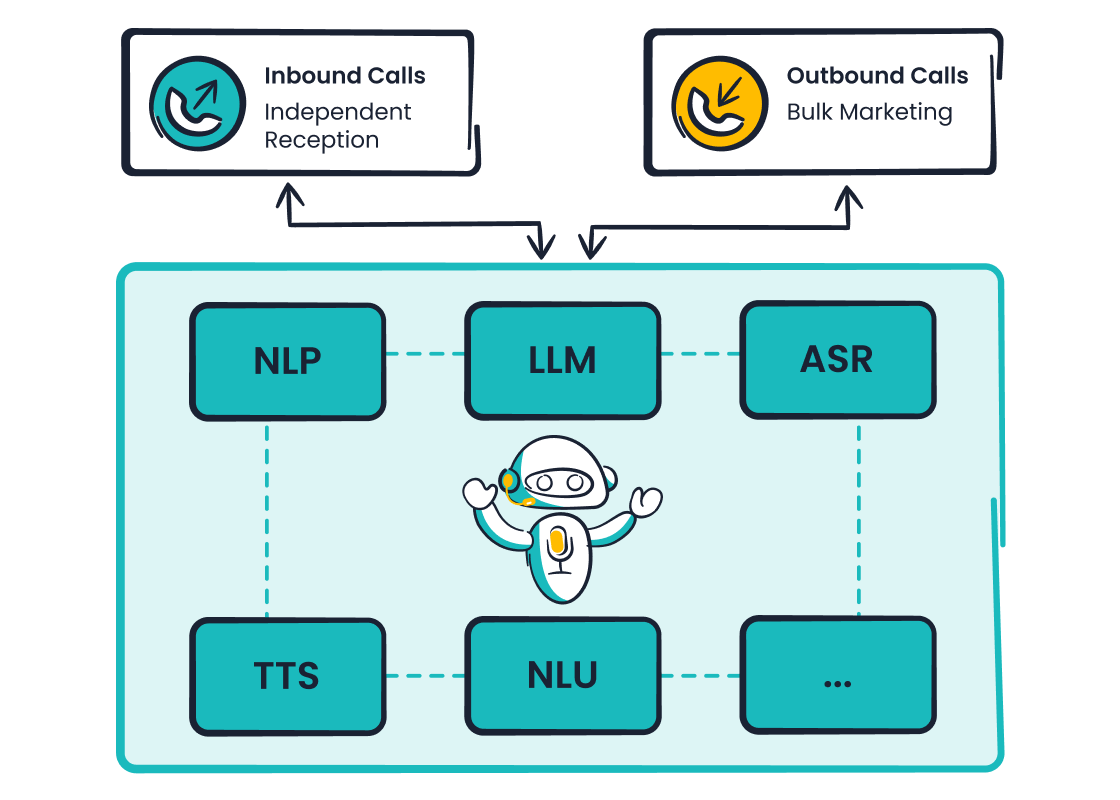
A voice bot uses artificial intelligence to talk with people and help answer questions or solve problems. You can find a voicebot in many customer service centers and online shops today. More than 43% of people aged 16 to 64 use voice commands, and 70% plan to use voice assistants instead of visiting stores or banks in the next three years. Many contact centers now rely on voice bots and chatbot solutions, with over 85% using bots to handle at least 10% of calls. Sobot leads this change by offering Sobot AI, which helps companies create smooth, human-like customer interactions that work in many languages and channels. Voice bots help you get answers faster and make customer service more efficient (source).
Voice Bot Basics
What Is a Voice Bot?
A voice bot is an artificial intelligence tool that talks with you using natural language. You speak to it, and it listens, understands, and responds just like a person. Voice bots use advanced technology, such as speech recognition and large language models, to turn your spoken words into text. Then, they process your request and reply with a clear answer. You can find voice bots in many places, including phone support lines, smart speakers, and mobile apps.
Voice bots use machine learning models like LSTM, BERT, and GPT-3 to understand what you say and give helpful answers. These bots can learn from each conversation, so they get better over time. Some voice bots, like Sobot Voicebot, even support multiple languages and can handle both simple and complex questions. They work 24/7, so you always get help when you need it.
Tip: A dedicated voice bot can handle tasks such as booking appointments, checking order status, or answering common questions, making your experience faster and easier.
Here is a table showing the main principles behind how voice bots work and why they matter:
| Fundamental Principle | Key Finding |
|---|---|
| Detailed design documentation | Up to 30% cost reduction and increased customer satisfaction with well-designed AI solutions |
| Voice User Interface (VUI) specifications | Importance of prosody and voice persona for user engagement |
| Error handling and conversation recovery | Tiered fallback responses and escalation to human agents are essential |
| Integration with business systems | 45% higher resolution rates when integrated with core business systems |
| Persona development and brand consistency | 37% higher trust ratings with consistent digital interface personality traits |
Voice Bot vs. Chatbot
You might wonder how a voice bot is different from a chatbot. Both help you get answers, but they use different ways to communicate. A chatbot uses text. You type your question, and it replies in writing. A voice bot uses speech. You talk, and it talks back.
Voice bots use advanced AI and natural language processing to understand your voice and respond in a human-like way. Chatbots often rely on rules and scripted answers, so they may not handle complex questions as well. Voice bots can manage more complicated tasks and give you a more personal experience.
Here is a table comparing chatbots and conversational AI systems like voice bots:
| Factor | Chatbots | Conversational AI (Voice Bots) |
|---|---|---|
| Technology | Rule-based, predefined responses | Advanced AI with NLP and machine learning |
| Scalability | Limited, struggles with complex queries | Highly scalable, manages complex workflows |
| Personalization | Minimal, static responses | Tailored experiences based on context and intent |
| Engagement | Low engagement | High engagement, human-like responses |
| Integration | Limited system integration | Seamless integration with CRMs and business systems |
A telecom company used a conversational AI system to answer questions about service and billing. This change led to a 40% drop in calls to human agents and higher customer satisfaction. Almost all executives who use conversational AI say it improves user happiness and agent productivity.
Role in Customer Service
Voice bots play a big role in customer service today. They answer calls, solve problems, and help customers any time of day. You do not have to wait in long lines or repeat your information. Voice bots can handle many calls at once, so you get help faster.
Sobot Voicebot, for example, helps companies like Weee! improve their customer service. After using Sobot, Weee! saw a 20% increase in agent efficiency and a 50% drop in resolution time. Their customer satisfaction score reached 96%. Voice bots also help in other industries, such as banking, healthcare, and retail. Banks use them for secure account access, and stores use them for voice shopping.
Here are some ways voice bots help in call centers and customer service:
- Telemarketing calls: Voice bots talk to potential customers and share product information.
- Lead qualification: They ask questions and find out if someone is interested in buying.
- Security: Voice bots use voice recognition to keep your information safe.
- Payment reminders: They call to remind you about bills.
- Feedback collection: Voice bots ask for your opinion to help companies improve.
Voice bots make customer service more efficient by reducing wait times and letting human agents focus on complex issues. They also improve customer satisfaction by giving quick, accurate answers. Companies that use voice bots often see higher productivity and better results.
How Voice Bots Work
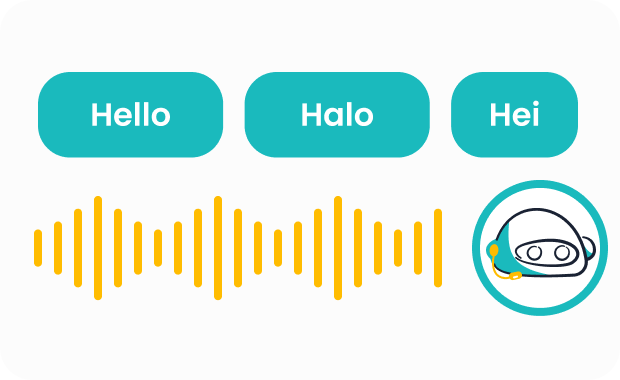
Speech Recognition
When you speak to a voicebot, the first step is speech recognition. This process turns your spoken words into text that the system can understand. Modern automated speech recognition systems use advanced algorithms and large datasets to achieve high accuracy. For example, benchmarking studies show word error rates as low as 2.5% on standard datasets like LibriSpeech. Companies such as Microsoft and Google report word error rates around 5.6% on real-world conversations. These numbers show that speech recognition technology has become very reliable for most users (source).
However, accuracy can change based on background noise, accents, or how clearly you speak. For instance, in controlled environments, voice recognition systems can reach up to 93.5% accuracy. In noisy places, accuracy drops, so voicebot technology often includes noise filtering to help you get the best results. Sobot Voicebot uses advanced AI and noise reduction to make sure your words are understood, even if you have an accent or there is background noise.
- Word error rates for top systems: as low as 2.5% (LibriSpeech), 5.1%-5.6% (Switchboard, Google)
- Accuracy can drop in noisy environments or with speech impairments
- Sobot Voicebot uses multilingual support and noise filtering for better accuracy
Tip: Speak clearly and in a quiet place for the best results with any ai voicebot.
Natural Language Processing
After the system turns your speech into text, natural language processing (NLP) helps the voicebot understand what you mean. NLP is a key part of conversational ai and conversational artificial intelligence. It allows the ai voicebot to figure out your intent, pick out important details, and decide how to help you.
Studies show that NLP-powered chatbots and voicebots can help people change health behaviors, such as quitting smoking. These systems use advanced models like BERT and GPT-3 to understand complex questions and give helpful answers. Sobot Voicebot uses NLP and large language models to handle many languages and dialects. This means you can ask questions in your own words, and the system will still understand you.
- NLP helps the voicebot understand your intent and context
- Sobot Voicebot supports multiple languages and dialects for global users
- AI models learn from each conversation, so the system improves over time
Note: NLP makes it possible for ai voicebot systems to understand slang, accents, and even emotions in your voice.
Response Generation
Once the ai voicebot understands your request, it needs to generate a response. This step is called response generation. The system uses conversational artificial intelligence to create answers that sound natural and helpful. Some voicebots use templates, while others use advanced AI to build responses on the fly.
Here is a table showing how different voicebots generate responses and what trends you can expect in the future:
| Real-World Voice Bot Examples | Use Case Description |
|---|---|
| eBay's ShopBot | Personalized product recommendations in e-commerce |
| Capital One's Eno | Voice-enabled financial assistant for banking |
| Mezi | Travel planning and booking assistant |
| Duolingo Chatbot | Language learning with real-life conversation simulation |
| Google Home & Amazon Echo | Smart home control using voice commands |
Future trends in voice bot technology include more emotional intelligence, hyper-personalization, and multimodal integration. Sobot Voicebot uses AI to personalize responses based on your history and preferences. The system can even detect your mood and adjust its tone, making the conversation feel more human.
- AI voicebot systems save businesses time by automating responses
- Personalization and emotional intelligence are becoming standard features
- Sobot Voicebot uses plug-and-play APIs for easy integration and fast response generation
Did you know? By 2027, 25% of companies expect chatbots and voicebots to be their main support channel.
Integration with Contact Centers
A powerful voicebot does not work alone. It connects with your contact center systems, such as CRM and ticketing platforms. This integration lets the ai voicebot access customer data, update records, and hand off complex cases to human agents when needed.
Sobot Voicebot stands out for its seamless integration with modern contact centers. You can connect it to your CRM, billing, and support systems using APIs. This means the voicebot can pull up your order history, check your account status, or even trigger a support ticket—all in real time. When a case gets too complex, the system passes the conversation to a human agent, who sees the full chat history and context.
- Voicebots connect to CRMs and other business systems using APIs
- Real-time data sync keeps customer information up to date
- Sobot Voicebot supports no-code integration for fast setup
Sobot Voicebot helps companies like Weee! improve agent efficiency and customer satisfaction by integrating with their existing systems.
Sobot Voicebot Technology
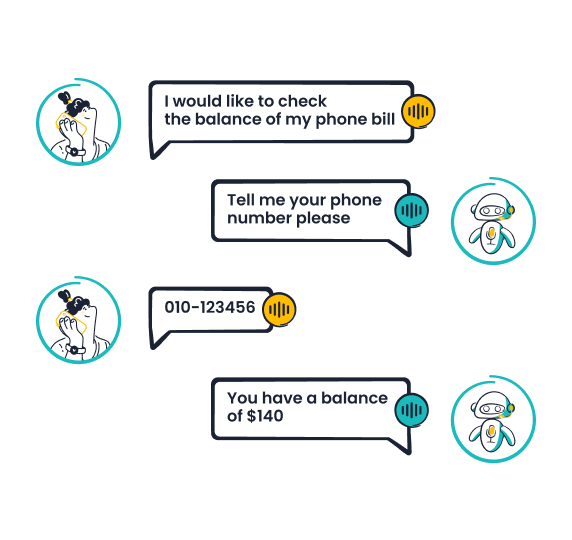
AI Voicebot Features
Sobot Voicebot gives you advanced tools to make customer service smarter and faster. You get natural language processing (NLP) and large language models (LLM) that help the ai voicebot understand what people say and mean. The no-code builder lets you design conversations without needing to write code. You can set up flows and responses with simple drag-and-drop actions. Plug-and-play APIs make it easy to connect the voicebot to your CRM or other business systems. Sobot Voicebot scales to handle thousands of calls at once, so your business stays ready for busy times.
Here is a table showing important performance metrics for ai voicebot systems:
| Metric | Description | Real-World Impact |
|---|---|---|
| Latency | Speed of response | Makes conversations feel natural |
| Bot Accuracy | Correct understanding and replies | Reduces mistakes and frustration |
| First Call Resolution | Solves issues on the first try | Increases customer satisfaction |
| Throughput | Handles many calls at once | Supports business growth |
| Customer Satisfaction | Measures user happiness | Shows how well the voicebot meets needs |
Multilingual and Omnichannel Support
You can use Sobot Voicebot in many languages and across different channels. The ai voicebot supports global customers by understanding various languages and dialects. This means you can serve people from different countries without extra effort. Sobot Voicebot works on phone, web, and social media, so your customers reach you wherever they are. Retail and ecommerce businesses benefit because they can answer questions, take orders, and solve problems in real time, no matter the channel.
Tip: Multilingual and omnichannel support helps you build trust and loyalty with customers around the world.
Human-AI Collaboration
Sobot Voicebot works with your human agents to give the best service. The ai voicebot handles routine questions and tasks, freeing your team to focus on complex issues. When the voicebot faces a tough problem, it passes the conversation to a human agent with all the details. Studies show that this teamwork improves both customer satisfaction and agent well-being. AI voicebot systems like Sobot create a balance—AI gives fast, 24/7 help, and humans solve special cases. This approach leads to better results for your business and happier customers.
Benefits for Customer Service
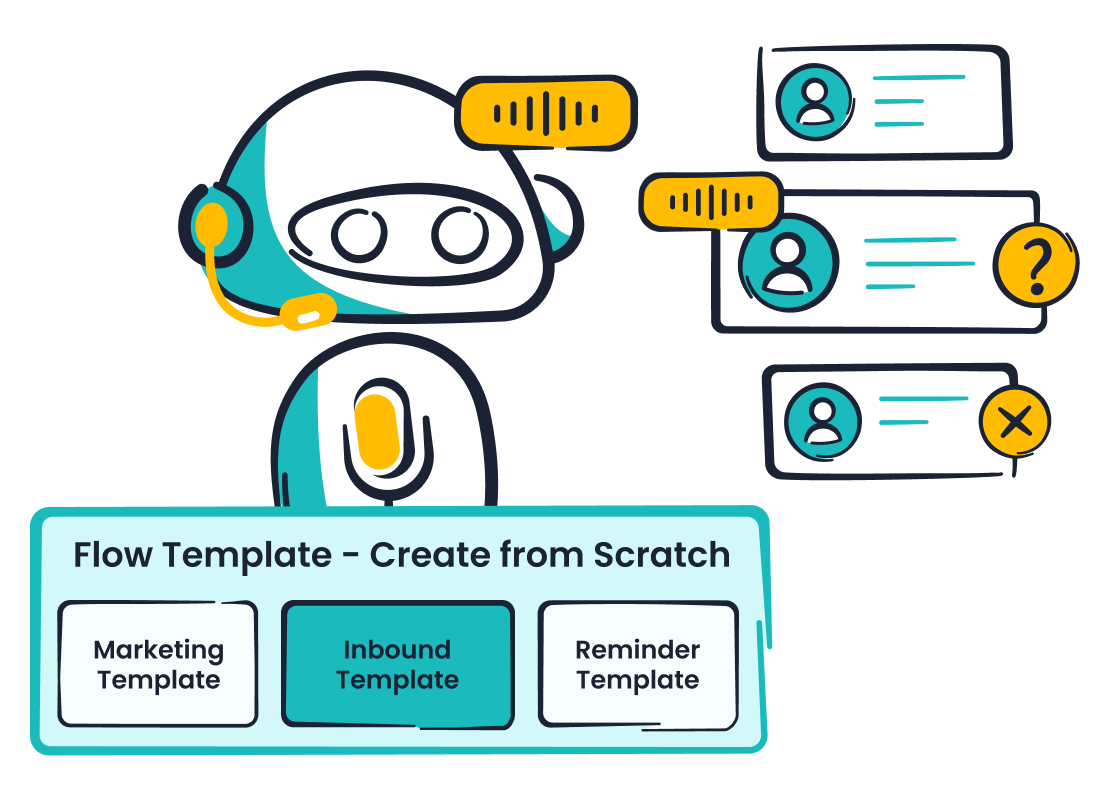
24/7 Support and Efficiency
You want help any time, day or night. With 24/7 support, you never have to wait for business hours. Voice bots handle unlimited conversations at once, so you get answers fast. Many businesses see big improvements after adding voice bots to their customer service teams. Here are some key benefits:
- Voice bots work all day, every day, without breaks or extra costs.
- 57% of companies report a strong return on investment after using bots.
- 62% of customers prefer bots over waiting for a human agent.
- Bots keep service quality high, even when call volumes spike.
- Multilingual support lets you serve customers from many backgrounds.
- Bots collect data to help you improve your service.
Tip: When you use a voice bot, you help your team work smarter and keep your customers happy.
Cost Savings and Productivity
You can save a lot of money by using voice bots in your customer service. Bots handle routine questions, so your team can focus on more complex problems. This leads to higher productivity and lower costs. The table below shows how companies have saved money with AI-powered solutions:
| Company/Source | AI Solution Type | Cost Reduction Statistic | Additional Details |
|---|---|---|---|
| Vodafone | AI Virtual Agent | 70% reduction in cost-per-chat | TOBi handled 70% of inquiries |
| General AI Chatbots | Chatbots/Conversational AI | 30% reduction in service costs | Bots handle up to 80% of routine inquiries |
| McKinsey Study | AI in Customer Service | 35% cost reduction | AI adoption leads to 32% revenue increase |
| Alibaba | AI Chatbots | ~$150 million annual savings | Bots handle 75% of online queries |
| Klarna | AI Chatbot | $40 million profit improvement | Equivalent to 700 full-time agents |
Sobot Voicebot helps you cut costs by automating over 90% of interactions. You can scale your support without hiring more staff.
Customer Satisfaction
When you use voice bots, your customers get quick and accurate answers. Most people want fast help and do not like waiting. Studies show that 68% of users value the speed of bots, and 80% report positive experiences. Many customers expect a response within five seconds. Voice bots also let you transfer to a human agent if needed, which about 80% of users appreciate.
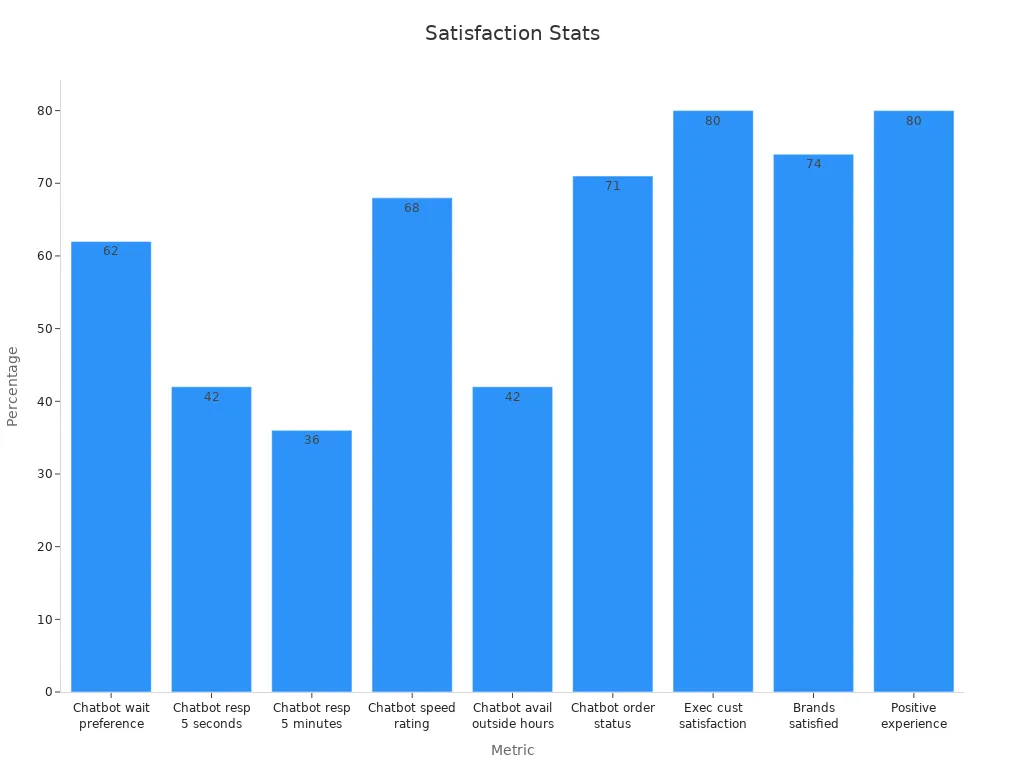
Sobot Voicebot improves satisfaction by offering personalized, multilingual support and seamless handoffs to agents.
Real-World Results
You can see real results when you use voice bots in your customer service. For example, Weee!, a leading online supermarket, used Sobot Voicebot to solve problems with slow response times and language barriers. After switching to Sobot, Weee! increased agent efficiency by 20% and cut resolution time by 50%. Their customer satisfaction score reached 96%. Other companies have seen similar gains, such as reducing resolution times from 11 minutes to less than 2 minutes and handling more inquiries per hour.
Sobot Voicebot helps you deliver faster, more reliable service and keeps your customers coming back.
Getting Started with AI Voicebot
Implementation Steps
You can launch an ai voicebot in your business by following a clear process. Most companies start with a planning phase that lasts 2 to 8 weeks. During this time, you define your goals, write conversation scripts, and decide which systems the voicebot will connect to. Next, you move to the technical setup. This step takes 2 to 6 weeks and includes configuring the ai voicebot, linking it to your CRM, and setting up analytics. After setup, you test the system. Testing usually takes 2 to 12 weeks. You start with a small group of calls, then expand as you fix issues and improve performance.
Here is a typical timeline for ai voicebot implementation:
- Conception Phase: Plan use cases, scripts, and integrations (2-8 weeks).
- Implementation Phase: Set up ai voicebot, connect APIs, and configure systems (2-6 weeks).
- Testing Phase: Run internal and limited customer tests, optimize, and scale up (2-12 weeks).
Tip: Sobot Voicebot offers a no-code builder and plug-and-play APIs, which help you speed up deployment and reduce setup time.
Best Practices
You can ensure a successful ai voicebot launch by following best practices. Start with a pilot program and roll out features gradually. Work with teams from IT, customer service, and compliance to meet all business needs. Train your staff so they understand how the ai voicebot works and how to handle privacy. Always monitor the system using key metrics like customer satisfaction and response time. Use privacy-first designs and test your ai voicebot for fairness and accuracy. Sobot Voicebot supports multilingual and omnichannel engagement, making it easier to serve a global audience.
- Use phased deployment to reduce risk.
- Collaborate across departments.
- Train employees and update them on privacy rules.
- Monitor performance and user feedback.
- Integrate with business systems for seamless data flow.
Note: Regular updates and continuous learning help your ai voicebot stay effective and relevant.
Measuring Success
You can track the success of your ai voicebot by measuring key performance indicators (KPIs). These metrics show how well your system works and where you can improve. Here is a table of important KPIs:
| KPI Name | What it Measures | Why it Matters | Benchmark/Example Impact |
|---|---|---|---|
| Resolution Rate | % of issues solved without human help | Shows efficiency and self-service success | >80% for top systems |
| Conversation Length | Average time per call | Reveals engagement and efficiency | N/A |
| Abandonment Rate | % of calls dropped before resolution | Indicates user frustration | N/A |
| Escalation Frequency | % of calls sent to human agents | Measures bot limitations | N/A |
| Customer Satisfaction | User feedback scores | Reflects service quality | Within 10% of human agents |
| Call Containment Rate | % of calls fully handled by ai voicebot | Reduces agent workload | 70%-85% |
Most businesses see improvements in these KPIs within 90 days of deploying an ai voicebot like Sobot. You can also use sentiment analysis and conversion rates to get a full picture of your system’s impact.
You have seen how a voice bot can transform customer service. Companies like LATAM Airlines and Siemens report faster response times and higher satisfaction. Sobot leads with advanced AI and seamless integration. You can boost efficiency and improve customer experiences by adopting this technology. Explore Sobot Voicebot for scalable support. Start by reviewing case studies or requesting a demo.
| Company | Key Outcomes | Benefits |
|---|---|---|
| LATAM Airlines | 90% faster responses, 80% resolved by automation | Speed, autonomy |
| Siemens | Double productivity, 86% satisfaction score | Productivity, satisfaction |
FAQ
What is a voice bot and how does it help in customer service?
A voice bot uses AI to talk with you and answer questions. It works 24/7, so you get help any time. Sobot Voicebot can handle over 90% of calls, which boosts agent efficiency and improves customer satisfaction.
Can a voice bot understand different languages and accents?
Yes! Sobot Voicebot supports multiple languages and dialects. It uses advanced speech recognition and NLP to understand many accents. This makes it easy for you to get support in your preferred language.
How does a voice bot work with human agents?
A voice bot handles simple tasks first. If you need more help, it passes your call to a human agent. Sobot Voicebot shares all details with the agent, so you do not have to repeat yourself.
Is it hard to set up a voice bot for my business?
No, you can set up Sobot Voicebot quickly. It offers a no-code builder and plug-and-play APIs. Most businesses launch their voice bot in just a few weeks.
How do I measure the success of a voice bot?
You can track key metrics like resolution rate, customer satisfaction, and call containment. Sobot Voicebot helps you see improvements fast. For example, Weee! saw a 20% boost in agent efficiency and a 50% drop in resolution time.
Tip: Use analytics tools to monitor your voice bot’s performance and keep improving your customer service.
See Also
Simple Steps To Deploy Chatbot Examples On Websites
How To Select The Top Chatbot Software Solutions
Understanding The Functionality Of IVR Voice Recognition
